Search the Special Collections and Archives Portal
Search Results
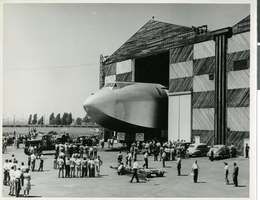
Photograph of the fuselage of the Hughes Flying Boat leaving its Culver City hangar, California, 1946
Date
Archival Collection
Description
Image
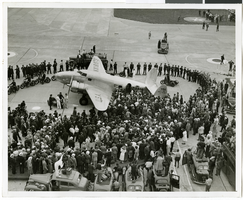
Photograph of crowds at Floyd Bennett Airfield, New York, July 14, 1938
Date
Archival Collection
Description
Image
#67121: Valdex, Jesus (Student) Interns at New York-New York, 2009 July 09
Level of Description
Archival Collection
Collection Name: University of Nevada, Las Vegas Creative Services Records (2000s)
Box/Folder: N/A
Archival Component
Hall, Susan. Silky: gentleman of leisure, Cavalier 23(9), 1973 July
Level of Description
Archival Collection
Collection Name: UNLV Libraries Collection of Articles on Gaming and Las Vegas, Nevada Topics
Box/Folder: Box 12
Archival Component
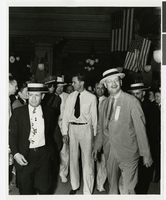
Photograph of Howard Hughes being escorted into the Rico Hotel, Houston, Texas, July 30, 1938
Date
Archival Collection
Description
Image
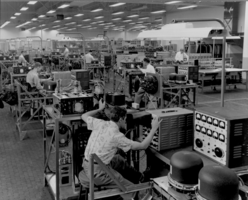
Photograph of radar testing at the Hughes Aircraft Company, Culver City, California, 1959
Date
Archival Collection
Description
Image
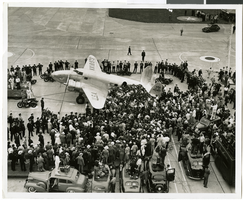
Photograph of crowds at Floyd Bennett Airfield, New York, July 14, 1938
Date
Archival Collection
Description
Image
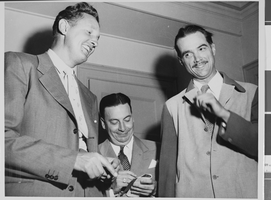
Photograph of Howard Hughes with Senator Harry P. Cain, Culver City, California, August 16, 1947
Date
Archival Collection
Description
Image

Photograph of Howard Hughes' plane at Floyd Bennet Airfield, New York, August 20, 1938
Date
Archival Collection
Description
Image
Harry Hall oral history interview
Identifier
Abstract
Oral history interview with Harry Hall conducted by Dennis McBride on June 20, 1986 for the Boulder City Library Oral History Project. Hall discusses how the hope of work on the dam encouraged his move to Nevada with his mother and stepfather. He then talks at some length about living in a tent in Ragtown, the various illegal bootlegging establishments along the dirt road running between Las Vegas and Boulder City, Nevada, and working on the dam. He continues talking about working conditions, the heat, and the labor strike at the dam in August, 1931.
Archival Collection
